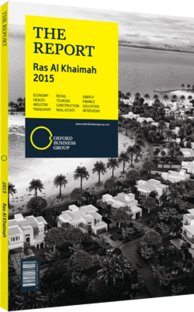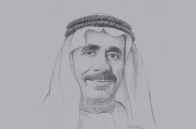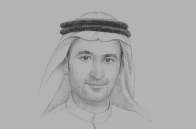
The Report: Ras Al Khaimah 2015
With more limited hydrocarbons reserves compared to its UAE neighbours to the south, RAK has developed into an industrial hub thanks to its dynamic network of industrial free trade zones. Considerable natural resources feed the country’s thriving cement and ceramics industries while elsewhere the emirate is looking to leverage its varied landscapes in a bid to boost tourism revenues in line with general economic diversification targets.







